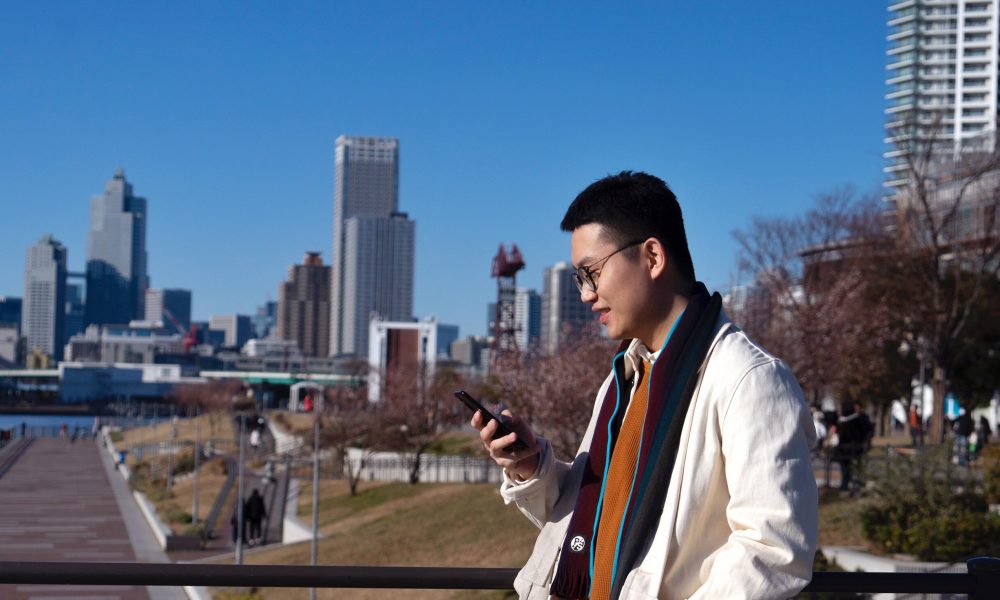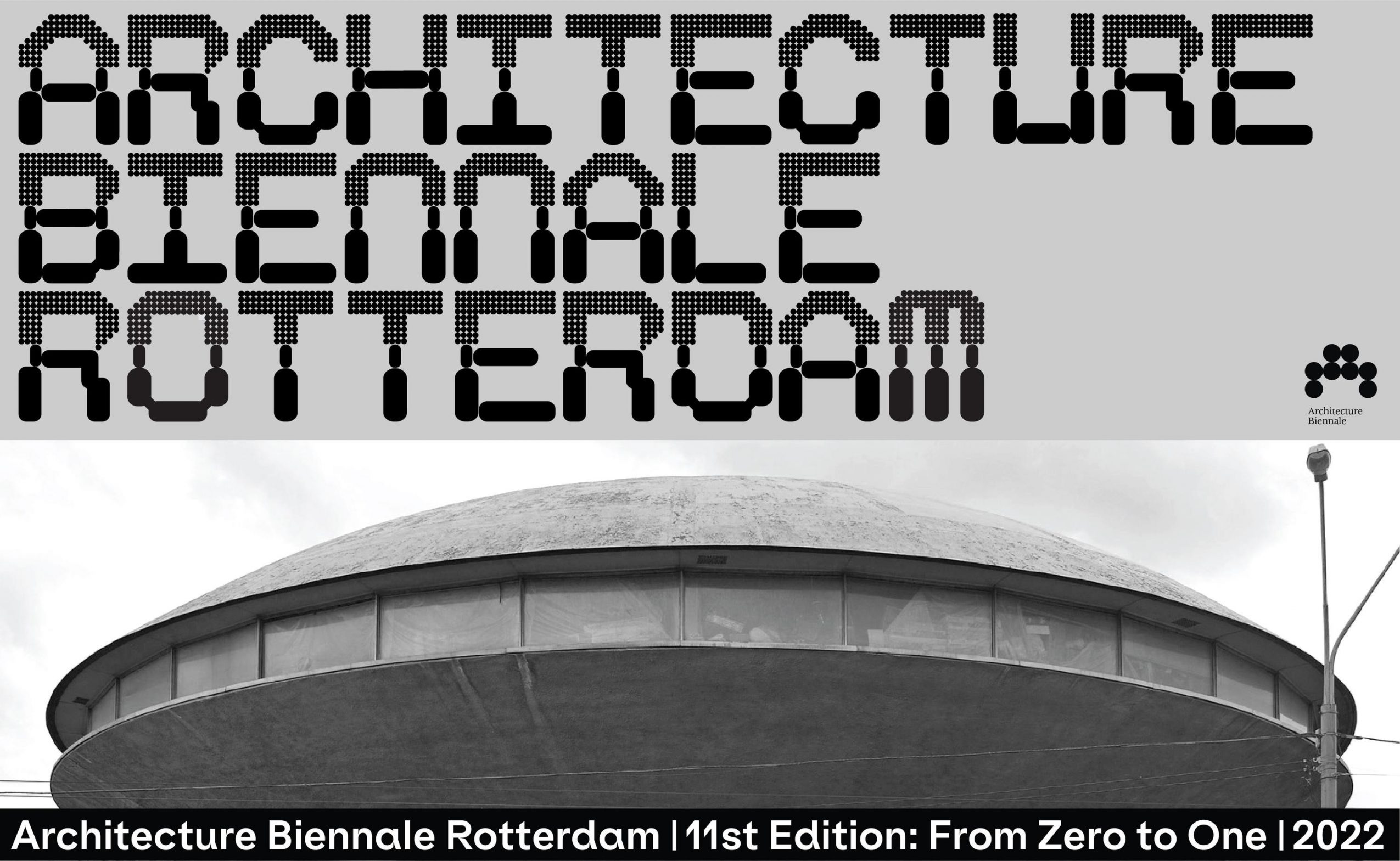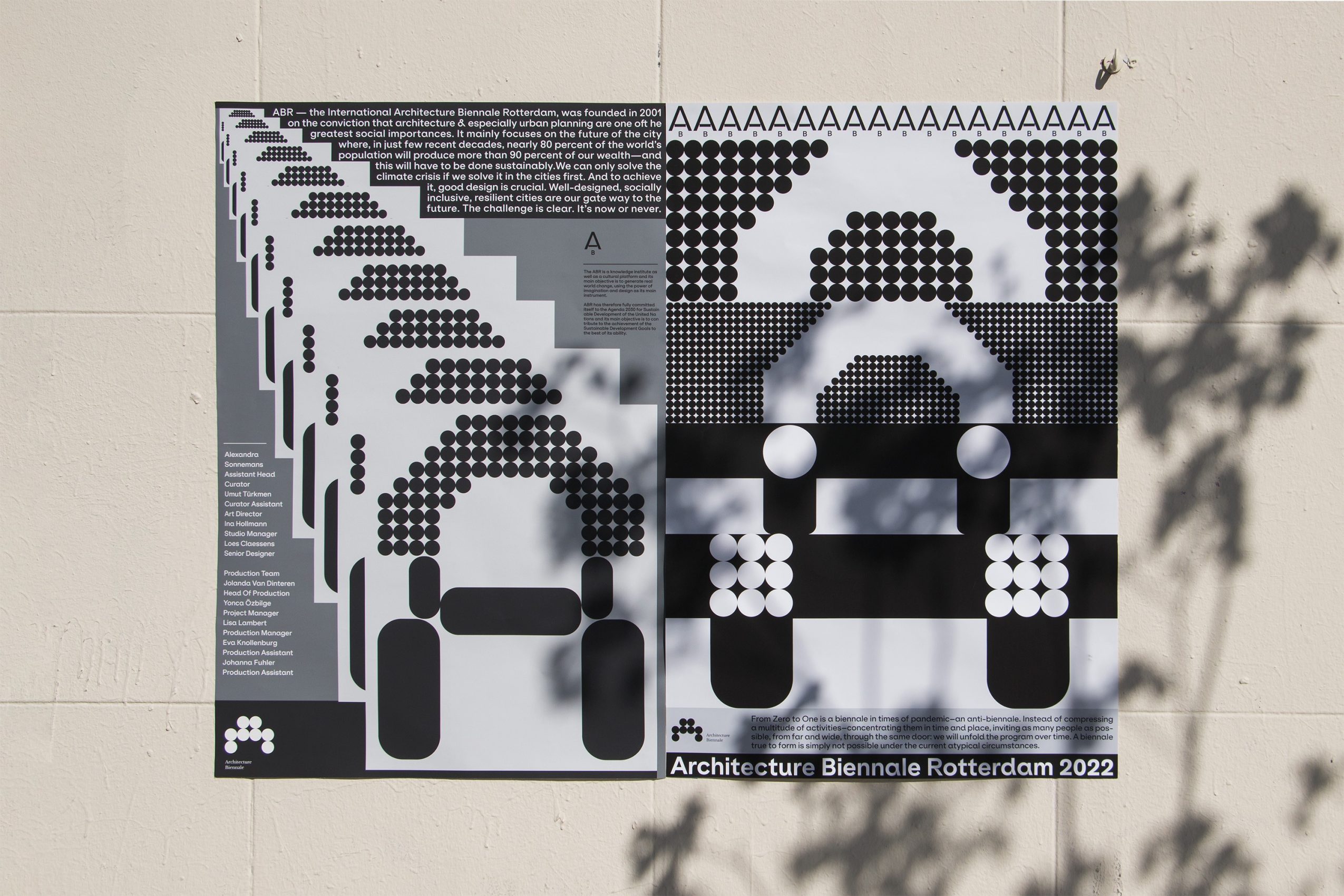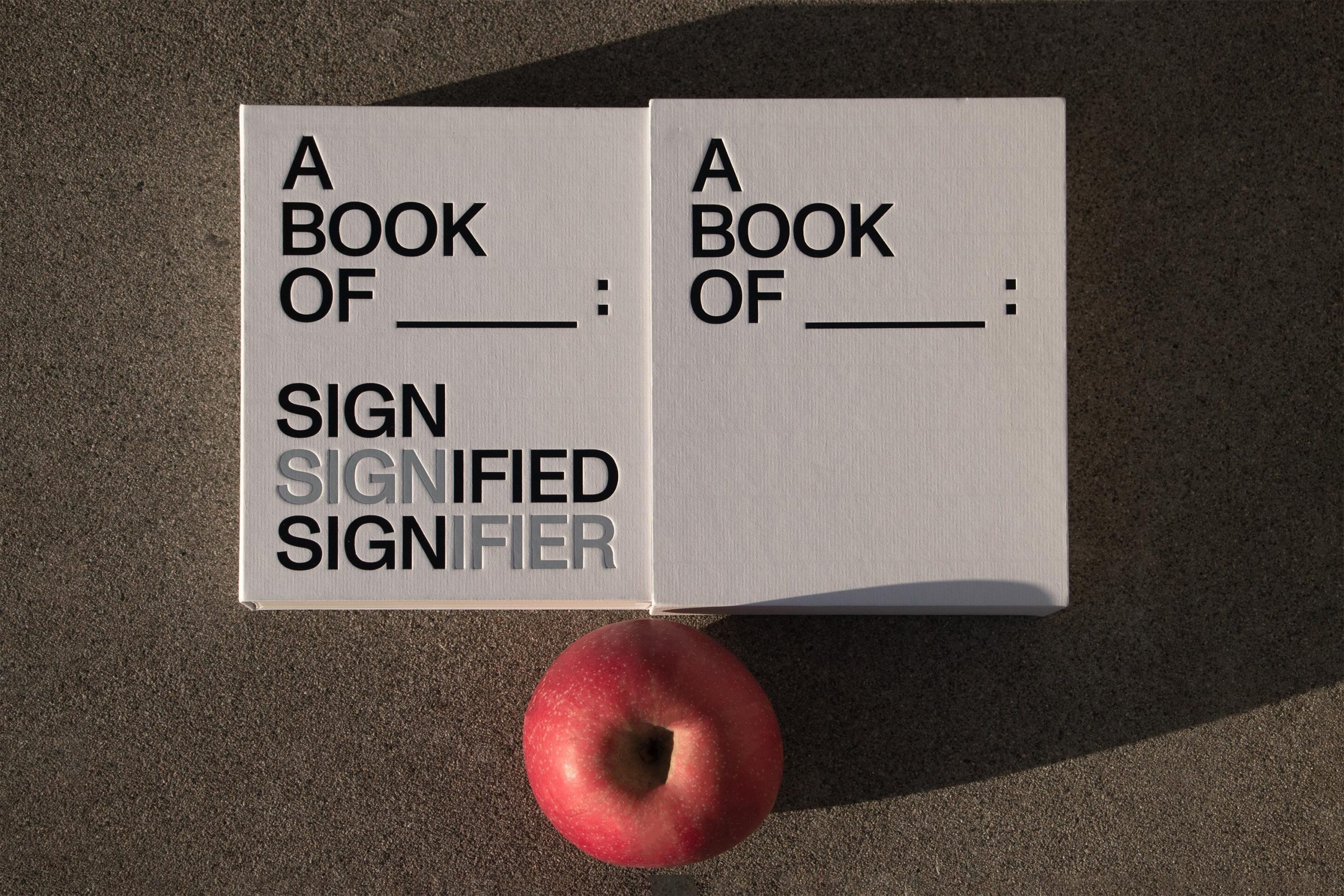

Today we’d like to introduce you to Charlie (Jincheng) Shi.
Hi Charlie (Jincheng), we’re thrilled to have a chance to learn your story today. So, before we get into specifics, maybe you can briefly walk us through how you got to where you are today?
I grew up in the mid-south of China, where tofu was first invented. There was a lot of attention from parents in my generation of kids growing up since most of my peers were all from single-kid families. I was a curious kid who liked to collect things found on the street and played many imaginary games with myself on the road, dreaming that I was a unique character from a Sci-fi novel with some superpower. It is a particular time in China when the economy is growing fast. I witnessed a lot of changes in my surroundings. Buildings changed height, shops changed looks, and restaurants changed menus. The ever-changing environment nourished my curiosity as a child.
After moving to the states in 2016 for college, I studied sociology in Seattle for two years before moving to LA. There were a lot of essays and research in my first year in the states. I have a lucid memory of many gloomy afternoons in the library’s study rooms. Sociology was fun to learn, but I was very lost in what I would do as a professional. It was one of the few sunny days in Seattle’s winter. I was browsing through Netflix with a meal I cooked for myself. I saw this show called Abstract: The Art of Design. One of Pentagram’s partners Paula Scher shared her experience as a graphic designer in New York and the qualities of being a designer within both client-based and interest-based projects. I still remember a line from her today: “Graphic design is like oxygen; you can’t see it, but it’s essential because you breathe it every second.” I was inspired by how she reacts to the world around her, and I think being a graphic designer fits my personality. I put together a portfolio and applied to ArtCenter College of Design. After four years, here I am.
Can you talk to us a bit about the challenges and lessons you’ve learned along the way. Looking back would you say it’s been easy or smooth in retrospect?
It is more like the winding road when you drive to Griffin Observatory Park. There was a lot of self-evaluation back and forth. I think as a design student with limited experience in art and design. The biggest struggle was to figure out what you were doing and what you were good at, specifically at school. It took me about two semesters to understand how to engage well in the class with classmates and professors. It took me about a year to discover what I am interested in and how to use design to express my thought process and interests. I was lucky Professor Simon Johnston, Cheri Gray, and Brad Bartlett helped me find who I am as a designer by experimenting with graphic design in various media types like print, screen, interaction, exhibition, and lots of storytelling. I think design to me now is more like a camera that captures the sparkling moments of creativity; most of the time, the decision we are making, such as color, typeface, and layout are, like the ISO, shutter speed, and the focal length we need to set up for different environments.
Can you tell our readers more about what you do and what you think sets you apart from others?
I am a visual communication designer that specializes in brand identity and print design. Some may know me because I have received recognition for a few projects such as Impuls, Architecture Biennale, A Book of Signs, and [onomato’pe] through ADC, TDC, Graphis, Communication Arts, and Cargo.
I have an eye for the connections between different units. From my early experience in sociology, I gained a systematic way of thinking and evaluating the relationships between humans and society. That research-heavy experience transferred well into my design education which opens the doors open for understanding the relationships within the graphic design world, whether it may be print, interactive, or spatial. My interest in design has always been intellectually driven. I am fascinated by how conceptual thinking is translated visually across various media types while still maintaining a clear systematic process.
What’s next?
Eat well, work hard and make a design that excites me! Big change would be moving to San Francisco for a new job coming up.
Pricing:
- Hourly Rate: 60
- Day rate: 500
Contact Info:
- Website: https://charlieshi.ch/
- Instagram: https://www.instagram.com/old.char/?hl=en







 Image Credits
Image Credits
Art Director: Charlie(Jincheng) Shi Designer: Charlie(Jincheng) Shi














